Helen Frankenthaler: Radical Beaut – this may be ‘the show of the season’
What the critics are saying about this Dulwich Picture Gallery exhibition of 36 finished woodcut prints
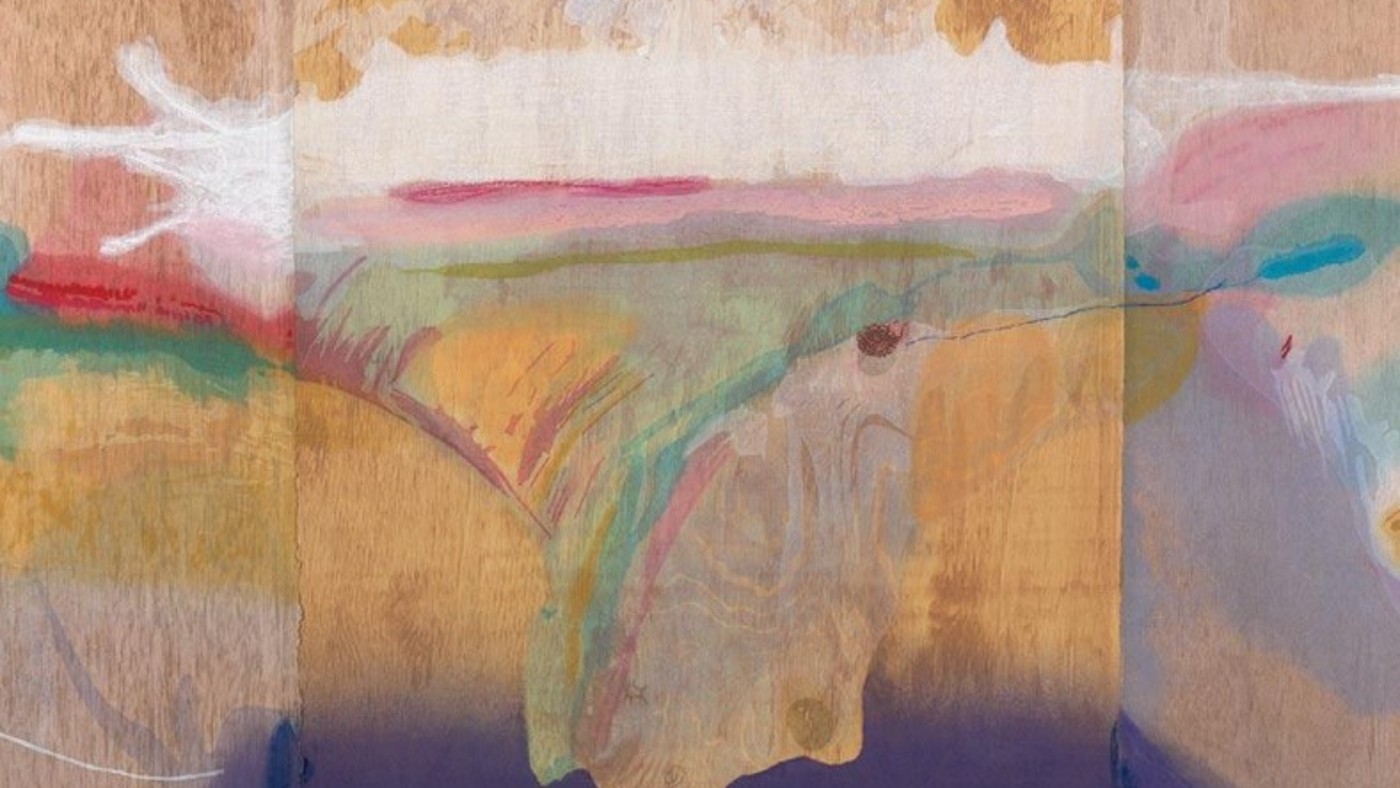
Helen Frankenthaler (1928-2011) was “one of the great postwar abstract painters”, said Ben Luke in the London Evening Standard. In the 1950s, she was one of the pioneers of a style that came to be known as “colour field painting”.
It built on the achievements of the abstract expressionists; but where works by the likes of Jackson Pollock and Mark Rothko were totemic and grandiose, Frankenthaler’s were composed of “watery stains, organic arcs and glowing blocks of colour”.
Her paintings earned her great renown, yet in 1973, she started experimenting with a very different medium: woodcuts, a discipline that, unlike painting, involves a “rigid, laborious process and linear imagery”: prints must be transferred from heavy blocks of wood directly onto paper, requiring great physical effort and precision.
The Week
Escape your echo chamber. Get the facts behind the news, plus analysis from multiple perspectives.

Sign up for The Week's Free Newsletters
From our morning news briefing to a weekly Good News Newsletter, get the best of The Week delivered directly to your inbox.
From our morning news briefing to a weekly Good News Newsletter, get the best of The Week delivered directly to your inbox.
For an artist as instinctive and poetic as Frankenthaler, the switch seemed almost “perverse”. Yet as this exhibition of 36 finished woodcut prints (and various preparatory experiments) shows, it produced some “extraordinarily bold, innovative” images. Frankenthaler revolutionised a centuries-old tradition to create some sublime work. This show is profoundly “luminous and illuminating”.
For anyone interested in woodcutting, there is “much to delve into” here, said Waldemar Januszczak in The Sunday Times. A print called Essence Mulberry, for instance, is accompanied by half a dozen trial proofs that reveal much about Frankenthaler’s working methods. Yet for all the “crazy complexity” her practice entailed, the pictures themselves are underwhelming.
Her earliest woodcut, 1973’s East and Beyond, is a “blob of beige ringed with slivers of black, blue, red and green” that “delivers almost nothing in the way of a memorable image”. Freefall (1993) is over six feet high – “a big drench of blue framed with jagged black shapes”, made from 21 wood blocks. Pretty as they are, these works are “simply not worth the enormous communal effort that went into producing them”.
I disagree entirely, said Laura Cumming in The Observer. The show is a sequence of 36 visions of such “overwhelming beauty” that “the urge is to remain there all day. It is like being surrounded by some ever-changing song.” The prints are abstract, but evoke nature.
A free daily email with the biggest news stories of the day – and the best features from TheWeek.com
Best of all are the three versions of Madame Butterfly (2000) – a painting, a trial print and the final woodcut – which by turns evoke “the bright Sun dissolving into light”, a haze of “smoky air” and “an afterlife beyond the passions of this one”. Make no mistake: this may be “the show of the season”.
Dulwich Picture Gallery, London SE21 (020-8693 5254, dulwichpicturegallery.org.uk). Until 18 April
-
 ‘Managed wildfires have spread out of control before’
‘Managed wildfires have spread out of control before’Instant Opinion Opinion, comment and editorials of the day
-
 Separating the real from the fake: tips for spotting AI slop
Separating the real from the fake: tips for spotting AI slopThe Week Recommends Advanced AI may have made slop videos harder to spot, but experts say it’s still possible to detect them
-
 Europe sets 2027 deadline to wean itself from Russian natural gas
Europe sets 2027 deadline to wean itself from Russian natural gasIN THE SPOTLIGHT As international negotiators attempt to end Russia’s years-long invasion of Ukraine, lawmakers across the EU have reached a milestone agreement to uncouple the continent’s gas consumption from Moscow’s petrochemical infrastructure
-
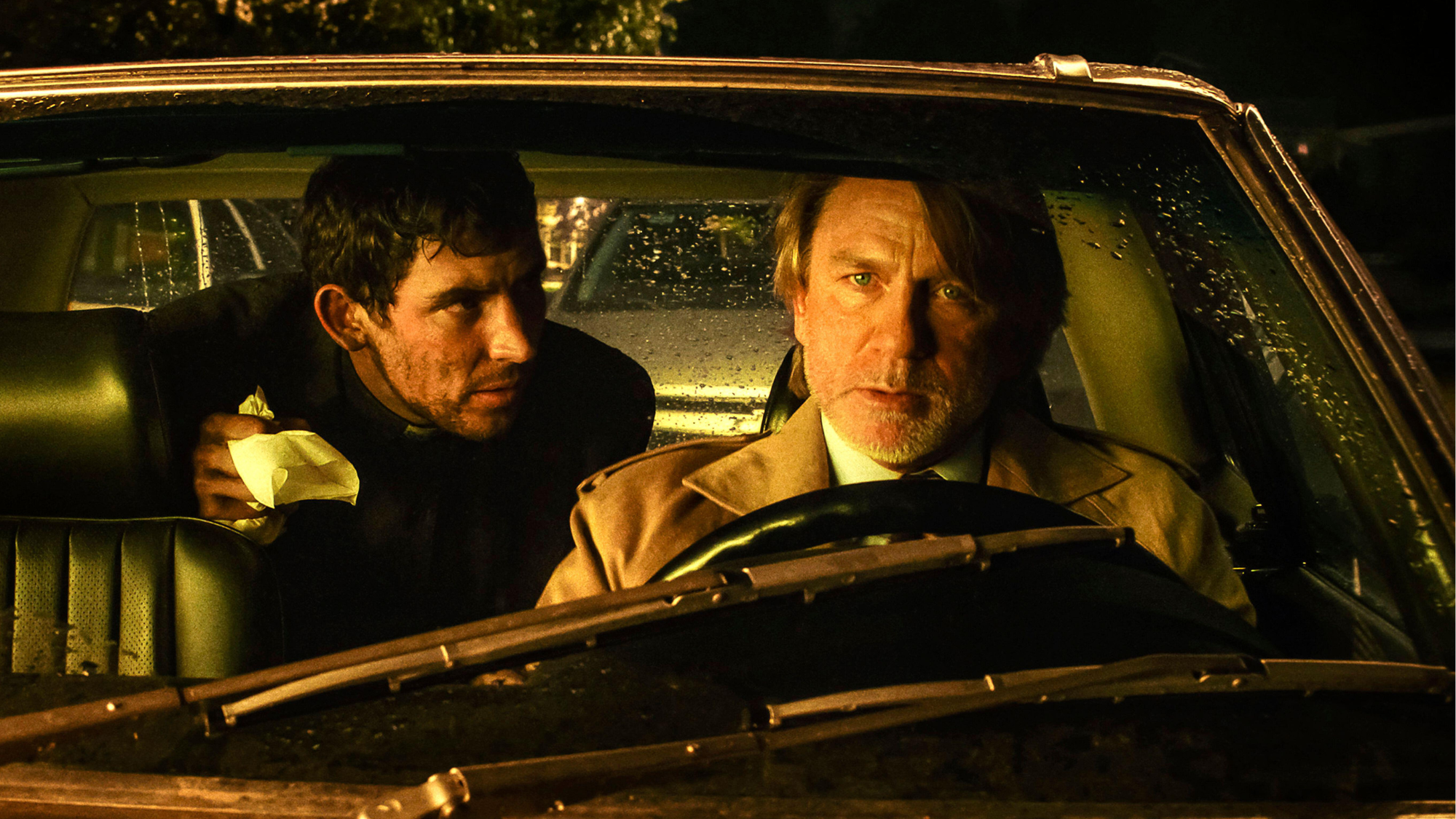 Wake Up Dead Man: ‘arch and witty’ Knives Out sequel
Wake Up Dead Man: ‘arch and witty’ Knives Out sequelThe Week Recommends Daniel Craig returns for the ‘excellent’ third instalment of the murder mystery film series
-
 Zootropolis 2: a ‘perky and amusing’ movie
Zootropolis 2: a ‘perky and amusing’ movieThe Week Recommends The talking animals return in a family-friendly sequel
-
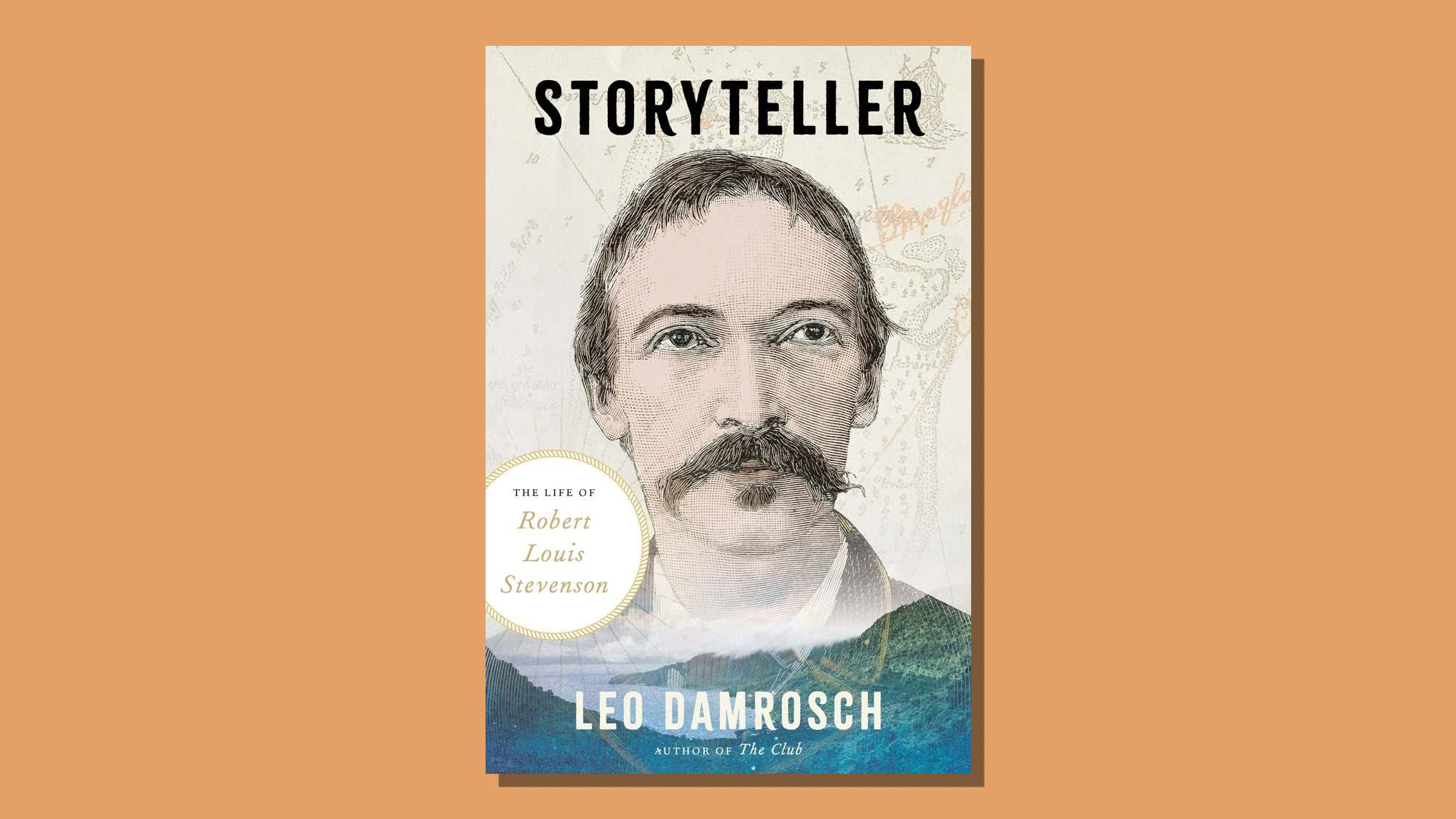 Storyteller: a ‘fitting tribute’ to Robert Louis Stevenson
Storyteller: a ‘fitting tribute’ to Robert Louis StevensonThe Week Recommends Leo Damrosch’s ‘valuable’ biography of the man behind Treasure Island
-
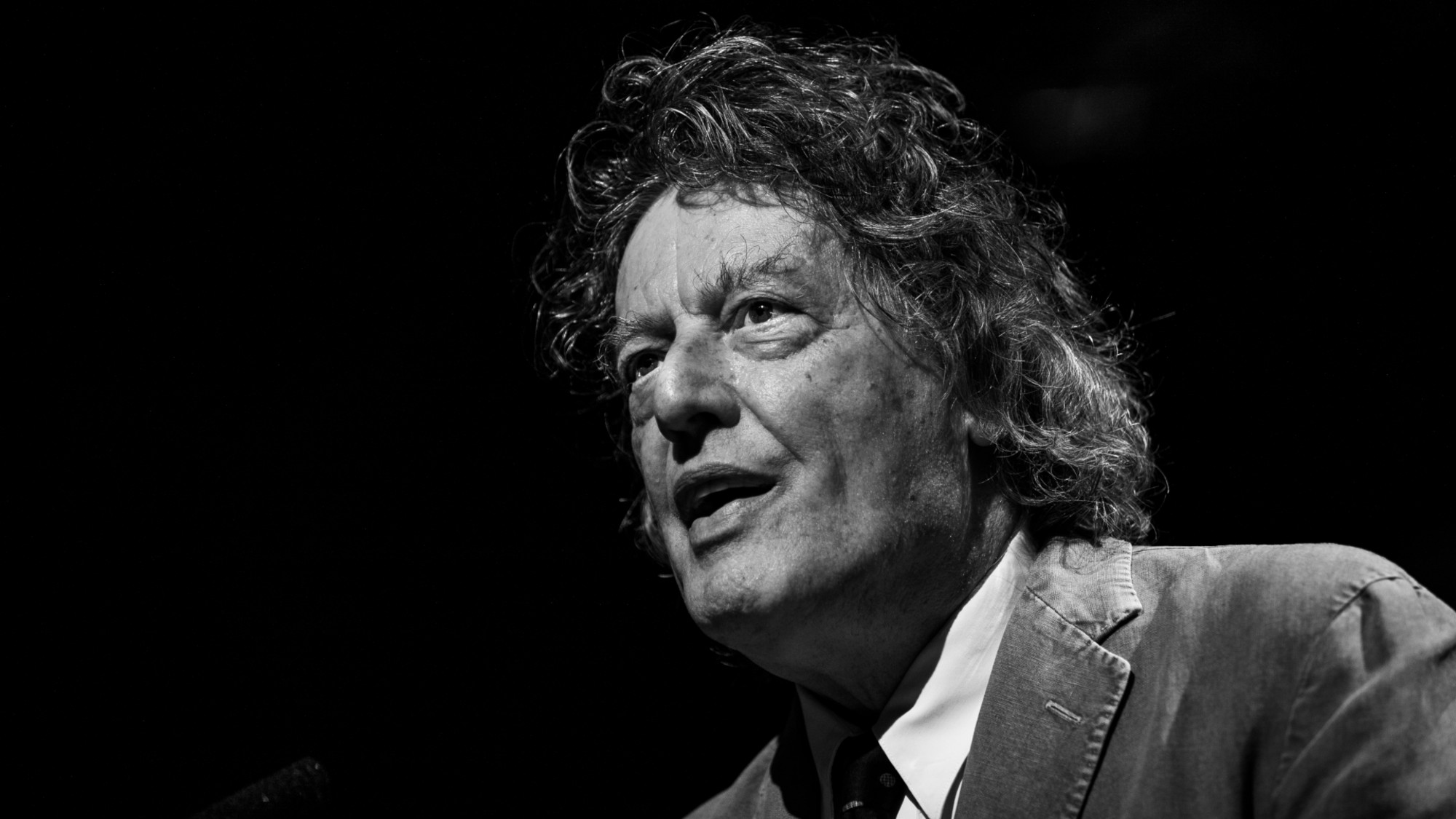 The rapid-fire brilliance of Tom Stoppard
The rapid-fire brilliance of Tom StoppardIn the Spotlight The 88-year-old was a playwright of dazzling wit and complex ideas
-
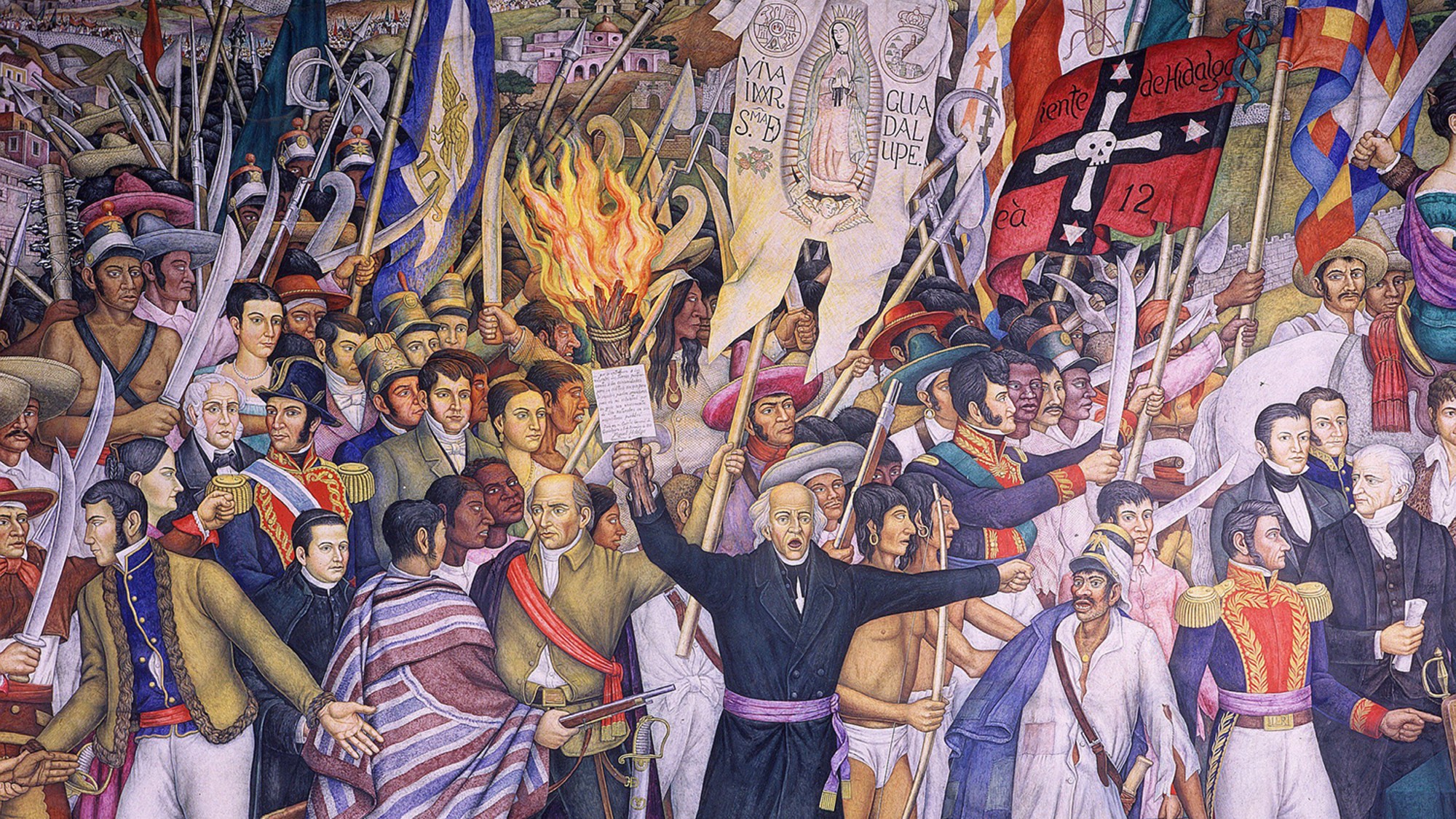 ‘Mexico: A 500-Year History’ by Paul Gillingham and ‘When Caesar Was King: How Sid Caesar Reinvented American Comedy’ by David Margolick
‘Mexico: A 500-Year History’ by Paul Gillingham and ‘When Caesar Was King: How Sid Caesar Reinvented American Comedy’ by David Margolickfeature A chronicle of Mexico’s shifts in power and how Sid Caesar shaped the early days of television
-
 Homes by renowned architects
Homes by renowned architectsFeature Featuring a Leonard Willeke Tudor Revival in Detroit and modern John Storyk design in Woodstock
-
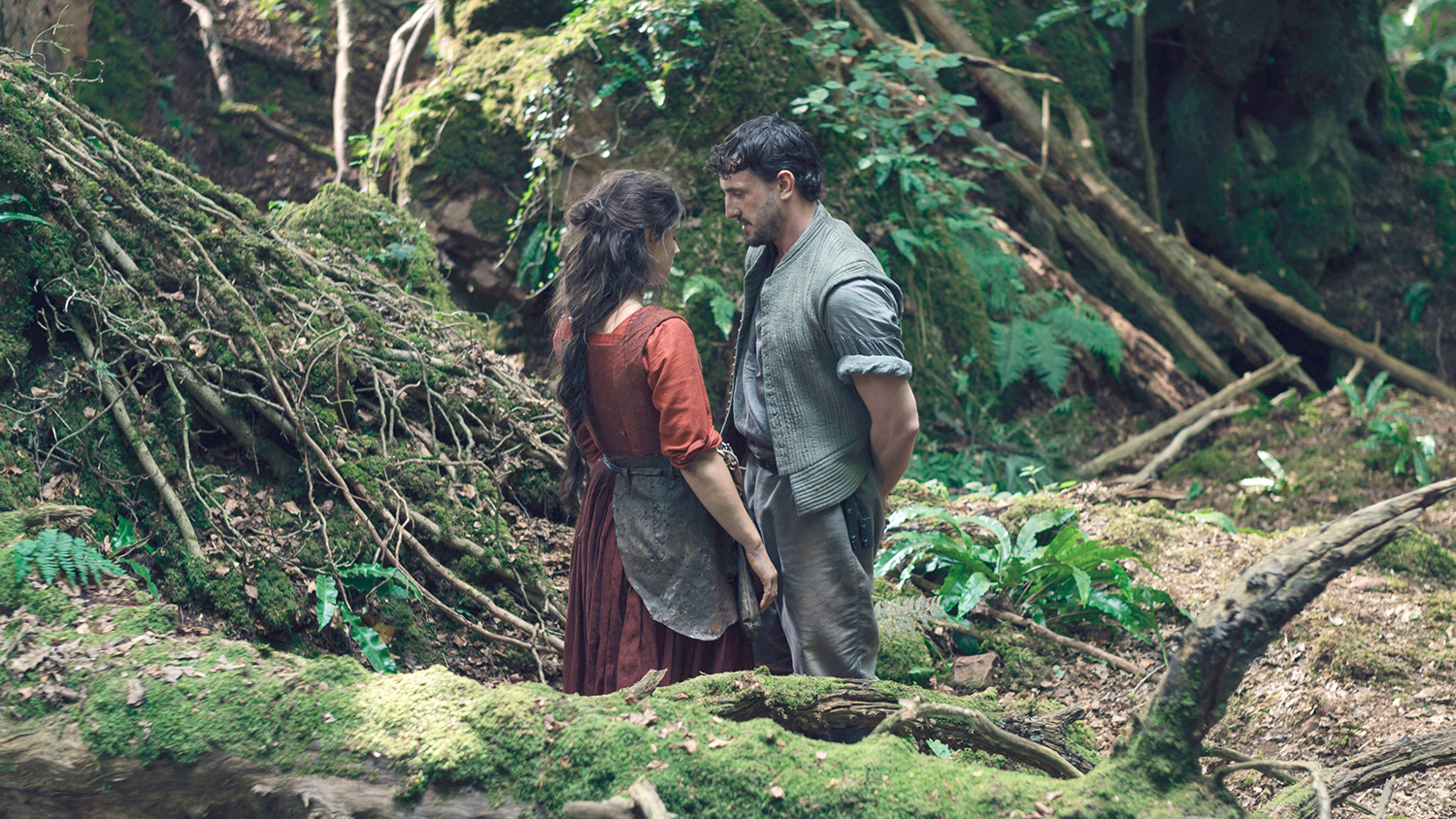 Film reviews: ‘Hamnet,’ ‘Wake Up Dead Man’ and ‘Eternity’
Film reviews: ‘Hamnet,’ ‘Wake Up Dead Man’ and ‘Eternity’Feature Grief inspires Shakespeare’s greatest play, a flamboyant sleuth heads to church and a long-married couple faces a postmortem quandary
-
 We Did OK, Kid: Anthony Hopkins’ candid memoir is a ‘page-turner’
We Did OK, Kid: Anthony Hopkins’ candid memoir is a ‘page-turner’The Week Recommends The 87-year-old recounts his journey from ‘hopeless’ student to Oscar-winning actor
